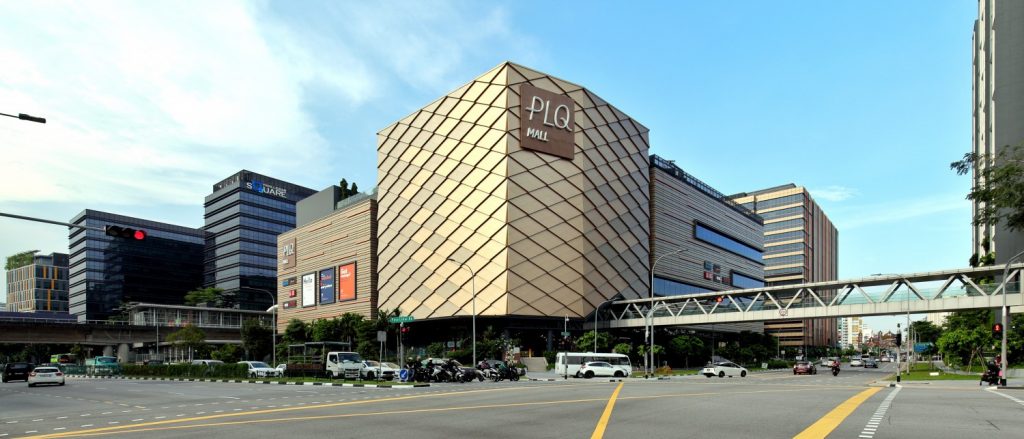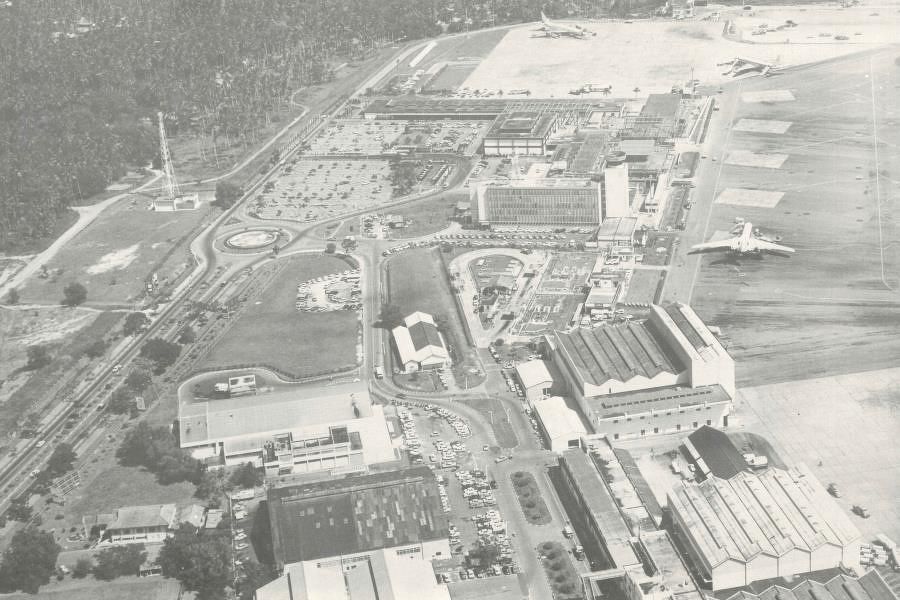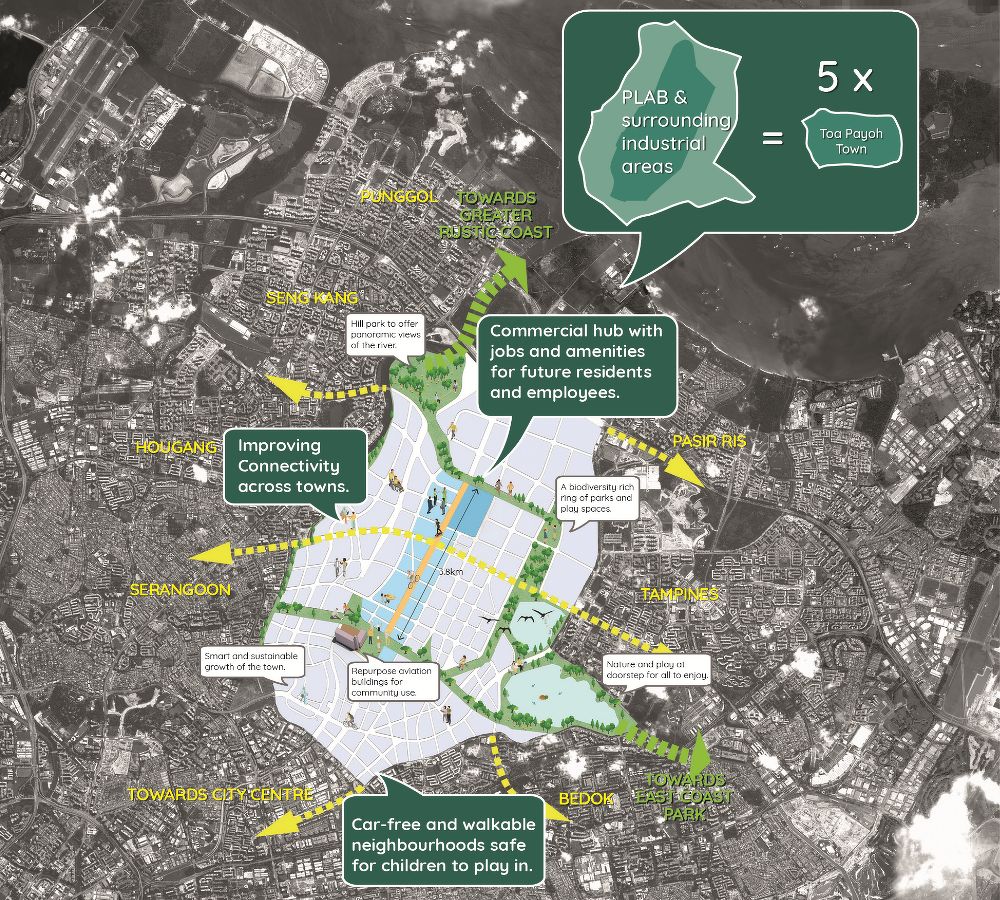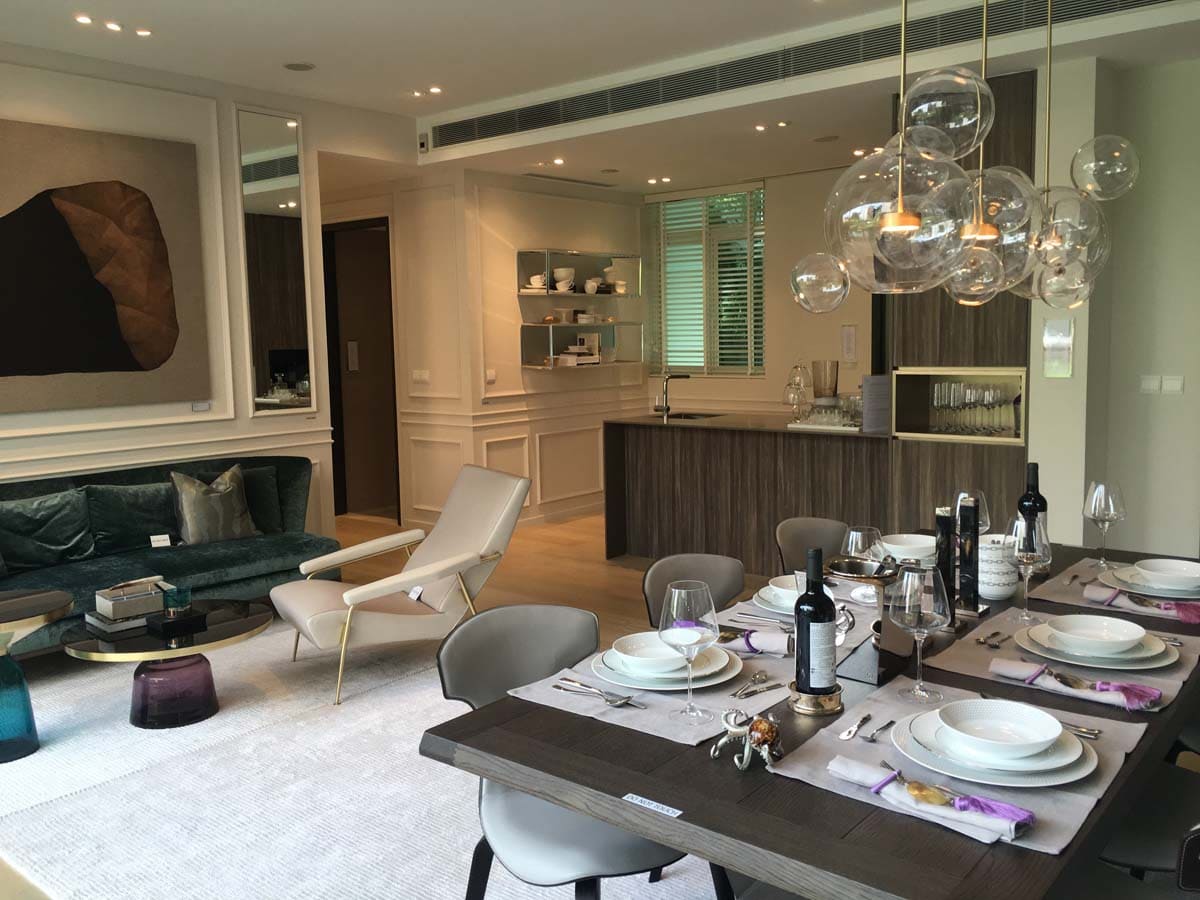Paya Lebar, an estate situated in the eastern region of Singapore, has been populated for more than 180 years since the 1830s. The name of the area is derived from the amalgamation of two Malay words, “paya” which signifies swamp and “lebar” which means extensive or spacious.
The first recorded instance of the area was on a survey map from the 1830s, which was commissioned by the Straits Settlements. This colonial government was established by the British and oversaw Singapore, Penang, Malacca, and Perak (formerly known as Dinging) in Malaysia.
The National Archives state that Paya Lebar had several rural settlements and agricultural areas that had been set up by the 1890s. Additionally, a sizable expanse was occupied by squatters who were engaged in market farming, along with rearing of pigs and poultry for sale.
Paya Lebar’s prominent feature was the Singapore International Airport, which began its operations on August 20, 1955. The airport was built to replace Kallang Airport, situated near the Kallang River and approximately 5 kilometers away.
